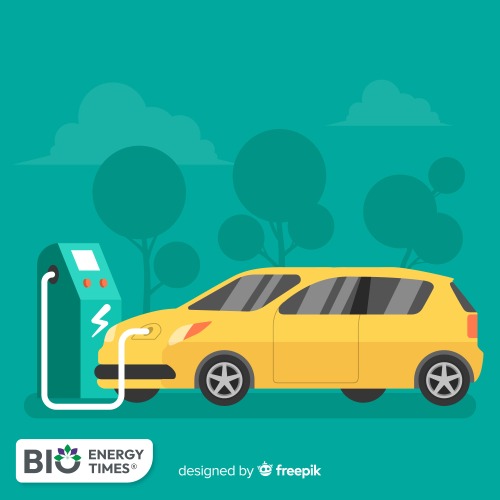Electric vehicle (EV) manufacturers could face a competitive disadvantage if the central government goes ahead with plans to reduce Goods and Services Tax (GST) rates on internal combustion engine (ICE) vehicles, according to a recent analysis by HSBC Investment Research.
The report warns that slashing taxes on conventional petrol and diesel vehicles may weaken the current price edge enjoyed by EVs, potentially slowing the momentum of the electric mobility sector. “A tax cut on ICE vehicles would put EV players at a disadvantage,” the report noted.
The government is considering a restructuring of the GST framework, including the elimination of the 12% and 28% tax slabs. Bihar Deputy Chief Minister Samrat Choudhary confirmed on Thursday that the Group of Ministers (GoM) has backed the proposal to scrap these slabs under the GST regime.
While such a move could spur demand for traditional vehicles and possibly create more jobs in the auto sector, HSBC cautioned that it would also lead to a substantial drop in government revenue, at least in the short term.
The report outlines three potential scenarios:
Targeted GST Adjustments: In this scenario, the GST on small cars would be reduced from 28% to 18%, and larger vehicles would be subject to a new 40% special rate, replacing the current cess. This could result in a price reduction of roughly 8% for small cars and 3-5% for bigger models. Two-wheeler makers, particularly domestic brands, would likely see strong gains. However, the government could lose an estimated USD 4-5 billion in revenue.
Uniform GST Cut, Cess Retained: Here, the GST across all vehicle categories would be uniformly reduced from 28% to 18%, with the cess remaining intact. This would translate to a 6-8% drop in vehicle prices and a revenue loss of about USD 5-6 billion. The downside, according to HSBC, is that such a cut would diminish EVs’ pricing advantage, which could impact their adoption in the Indian market.
Flat GST Cut with Cess Removal: Considered the least likely option, this scenario combines a flat tax reduction with the elimination of the cess. While it would simplify the tax system, it could also cost the government nearly half of its GST revenue from the automobile sector.














